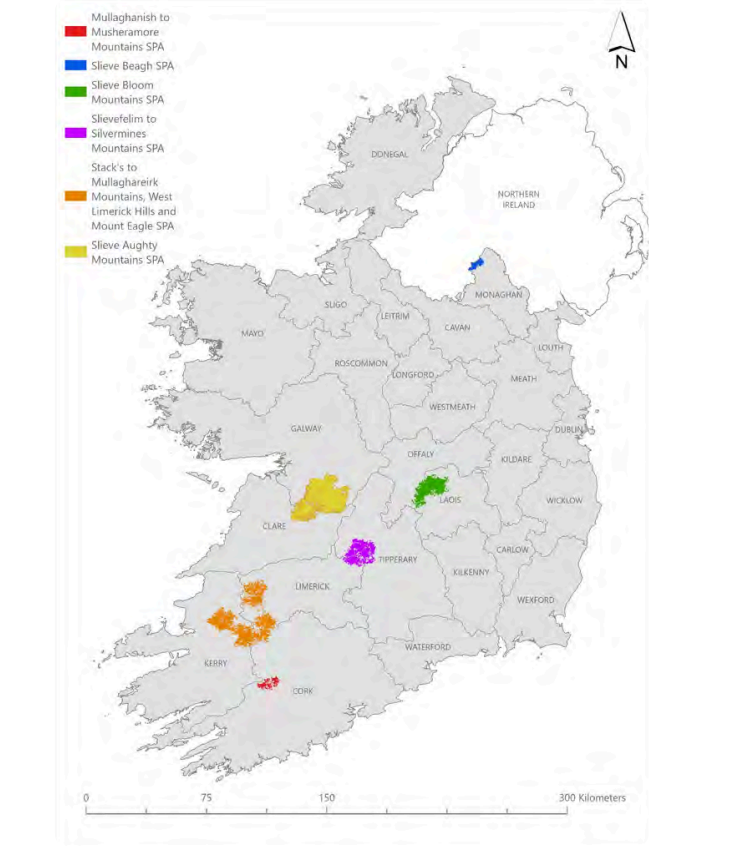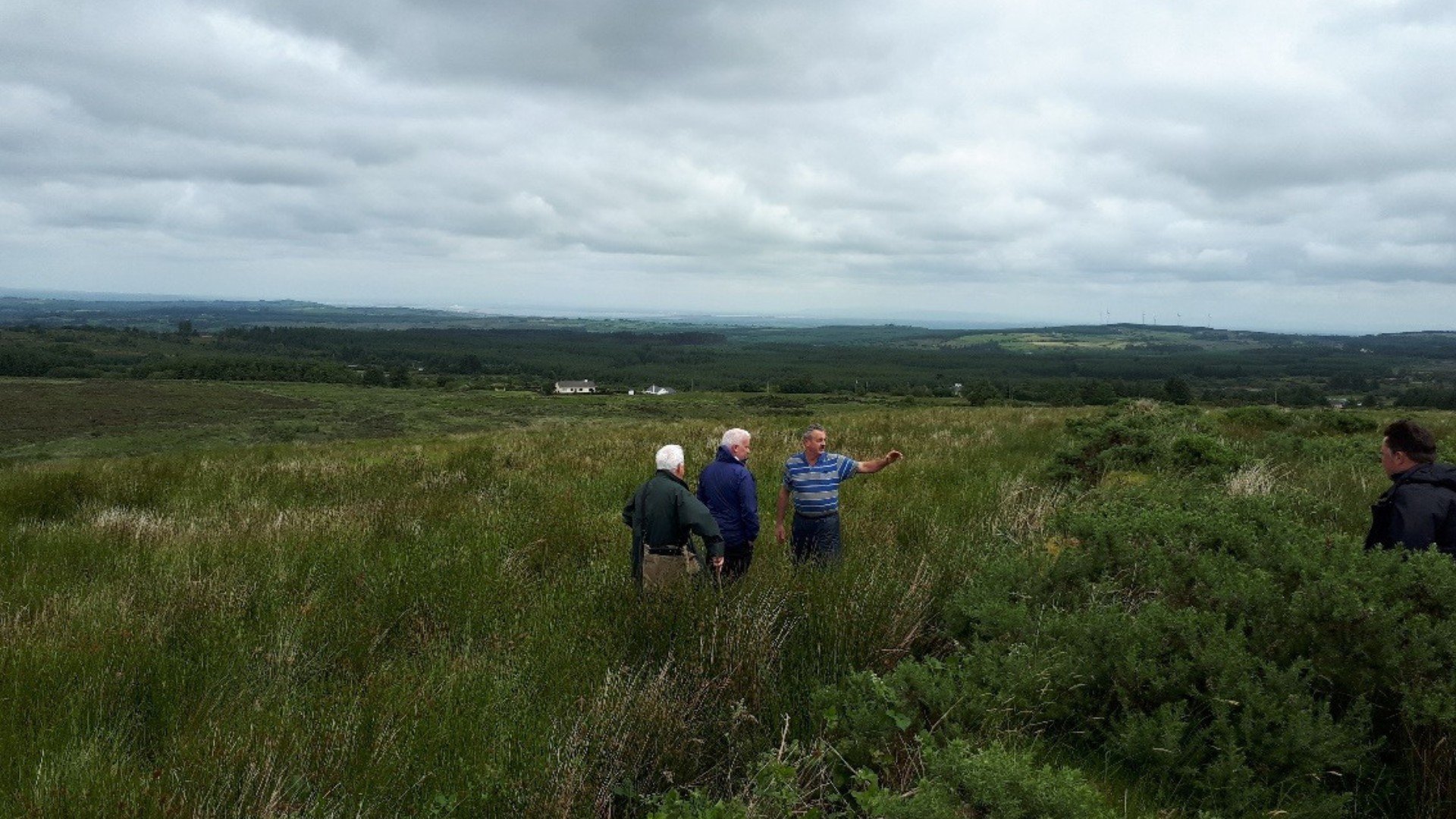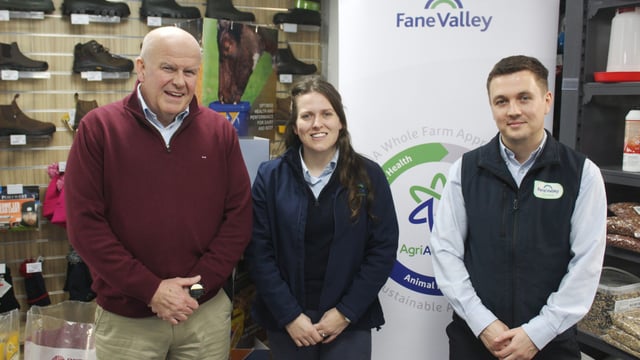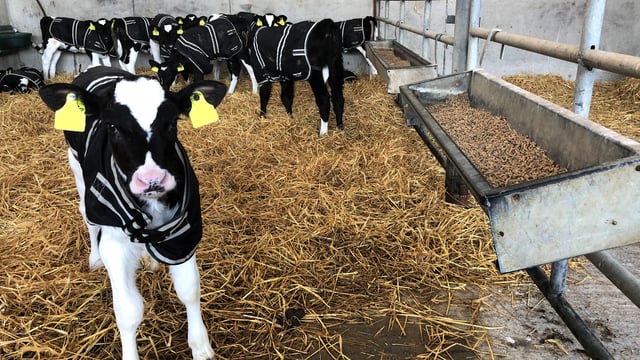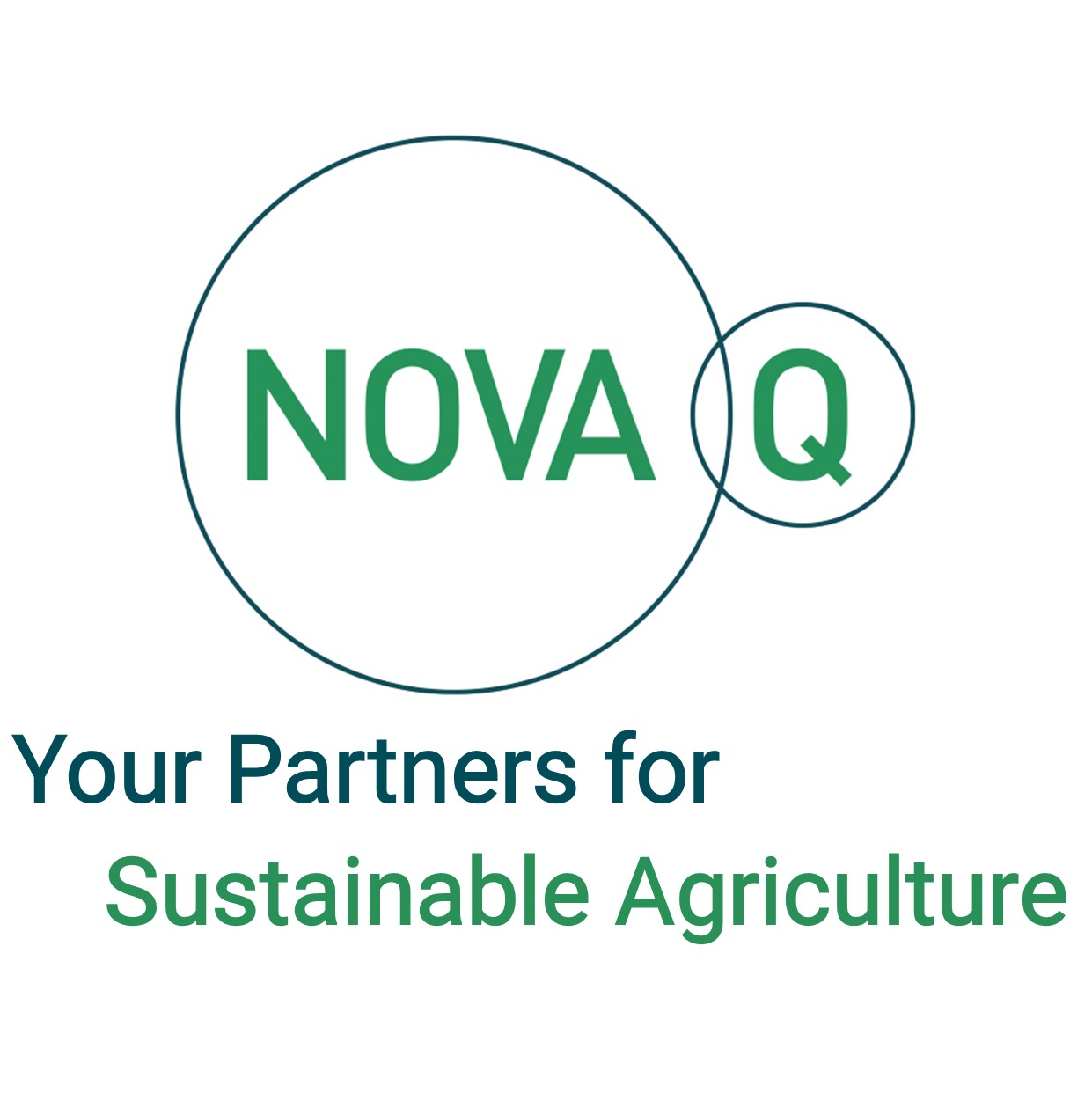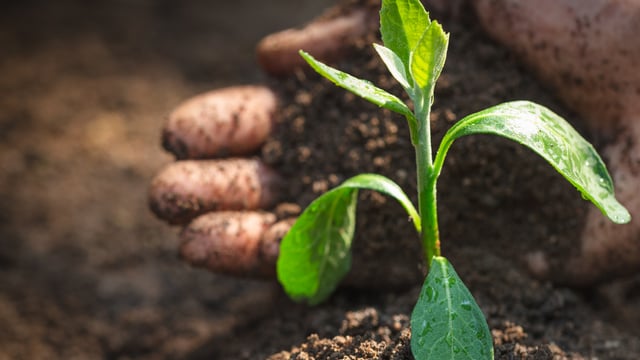Over 1,600 farmers took part in €23.5m Hen Harrier Project
Over 1,600 farmers across six Special Protection Areas (SPAs) were issued with around €20 million in payments under the Hen Harrier Project European Innovation Partnership (EIP).
The Hen Harrier Project Ltd, which oversaw the delivery of the EIP, has published a final report on the project which ran between 2017-2023.
This groundbreaking programme, funded under the Common Agricultural Policy (CAP), was the largest EIP in Europe at the time with an overall budget of €25 million.
The project provided financial rewards to participating farmers while delivering crucial environmental benefits.
The project pioneered a results-based agri-environment scheme ensuring that farmers were rewarded for "tangible improvements" in habitat quality.
The ethos of the project was that by adding real value to the Hen Harrier’s presence and by incentivising delivery of habitat quality on farms, the species and its habitats could be sustained.
The programme differed significantly from previous results-based schemes both in terms of scale and the dispersed nature of the project area.
The aim was to achieve a shift in attitude towards the species, while delivering a results-based agri-environment scheme.
The use of technology allowed a small team to administer the programme, including the deployment of a bespoke app to enable advisors to enter scorecard details.
The Hen Harrier Project focused on six breeding Hen Harrier SPAs spread across counties Cork; Kerry; Limerick; Tipperary; Galway; Clare; Laois; Offaly and Monaghan.
The SPAs covered over 167,000ha of land, with just a third of this area being farmland and a very high proportion of the remaining two thirds comprising forestry.
The dominant farm enterprises were suckler beef, dry stock, some pockets of sheep farming and a small number of dairy farms.
Ultimately, over 1,600 farmers joined the Hen Harrier Programme and together these farmers managed 36,157ha of privately owned SPA land and a further 10,213ha of shares in commonages within the SPA network with a total of 46,371 ha.
All these farmers were free to leave the programme at any time without penalty. The attrition rate, or the number of farmers who left, was just 0.25%.
Over the course of the five-year programme, a total of €20 million in habitat and supporting action payments were made to farmers, with an additional €3.5 million allocated to community actions, field trials of new actions, monitoring, and project administration.
A total of 992 farmers (61%) applied for at least one supporting action through the programme.
These included both direct habitat and wildlife support actions and infrastructure actions, such as fencing and the provision of drinking water for livestock.
The Golden Eagle Trust, one of the partners on the project, carried out extensive monitoring work as part of the bonus payment which rewarded farmers for population numbers of target species.
This data also gave important insights into the impact of weather conditions, fire event,s and land management on the breeding pairs and their ability to fledge chicks.
| Spend category | Amount |
|---|---|
| Habitat payment | €15,673,794 |
| Hen Harrier Bonus payment | €2,275,537 |
| Supporting Actions payment | €1,153,575 |
| Local Actions Fund | €738,171 |
| Administration | €3,749,474 |
| Total project cost | €23,590,551 |
The Local Actions Fund helped engagement with local communities and allowed for solutions to issues to be trialled and supported, where appropriate.
Nest protection activities represented the largest drawdown type from this fund, totalling over €412,000.
The total expenditure on the project ran to just under €23.6 million, which was 94.4% of the funds made available to the EIP.
The report noted that this "represents a small underspend, but all the project objectives were met".
According to the report, the results-based approach resulted in an increase in scores from year one to year five across all habitats.
Over 4,000 conservation actions were implemented, including fencing, water infrastructure, and habitat improvements.
“The Hen Harrier Project EIP has demonstrated that when farmers are properly supported and incentivised, they can deliver meaningful conservation outcomes," Fergal Monaghan, project manager of the Hen Harrier Project Ltd, said.
"By placing farmers at the centre of the programme and rewarding them for measurable improvements, we have developed a model that benefits both nature and rural communities.
"We hope that the lessons from this initiative will shape future policies and funding mechanisms for biodiversity and land management," he added.
Dr. Caroline Sullivan, deputy project manager and ecology specialist, said that the programme had been "transformative, not just for the Hen Harrier, but for the wider landscape".
"The combination of scientific monitoring, farmer engagement, and financial incentives has proven to be a powerful tool for conservation.
"We are grateful to all participating farmers, advisors, and stakeholders who made this project a success. The findings from this final report offer a pathway forward for balancing agricultural production with environmental sustainability.” added
The Hen Harrier Project EIP finished in December 2022, which coincided with the commencement of the Agri-Climate Rural Environment Scheme (ACRES).
The project team is continuing work through the ACRES Mid-West Southern Uplands (MWSU) and ACRES North Connaught Ulster (NCU) Co-operation Projects which cover all the Hen Harrier SPA areas.


